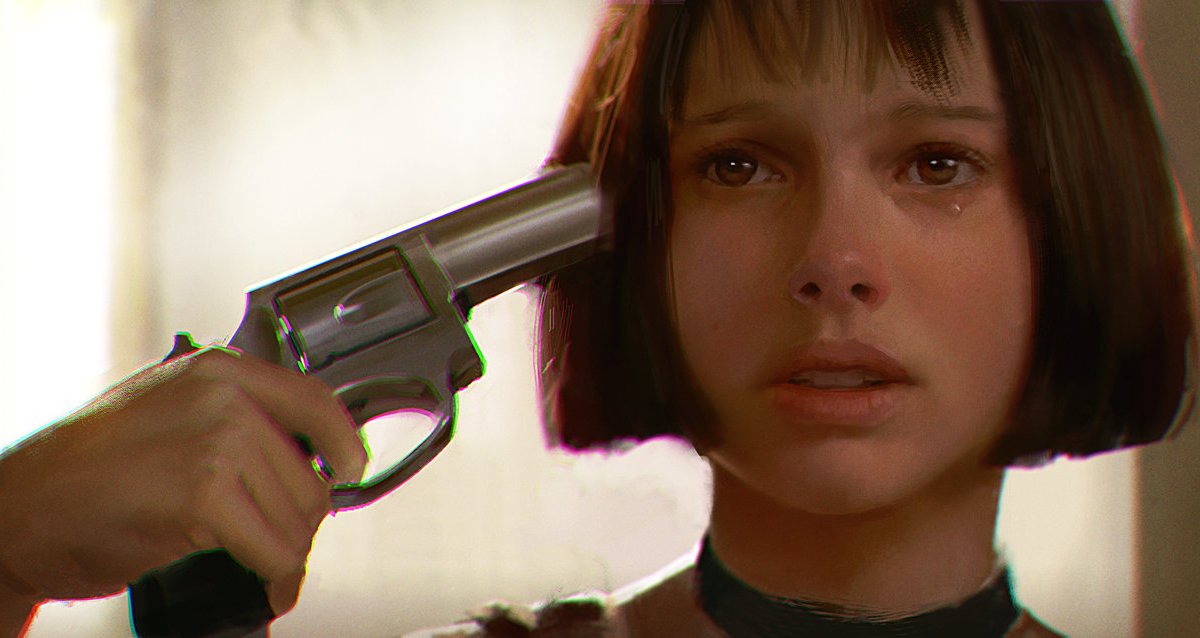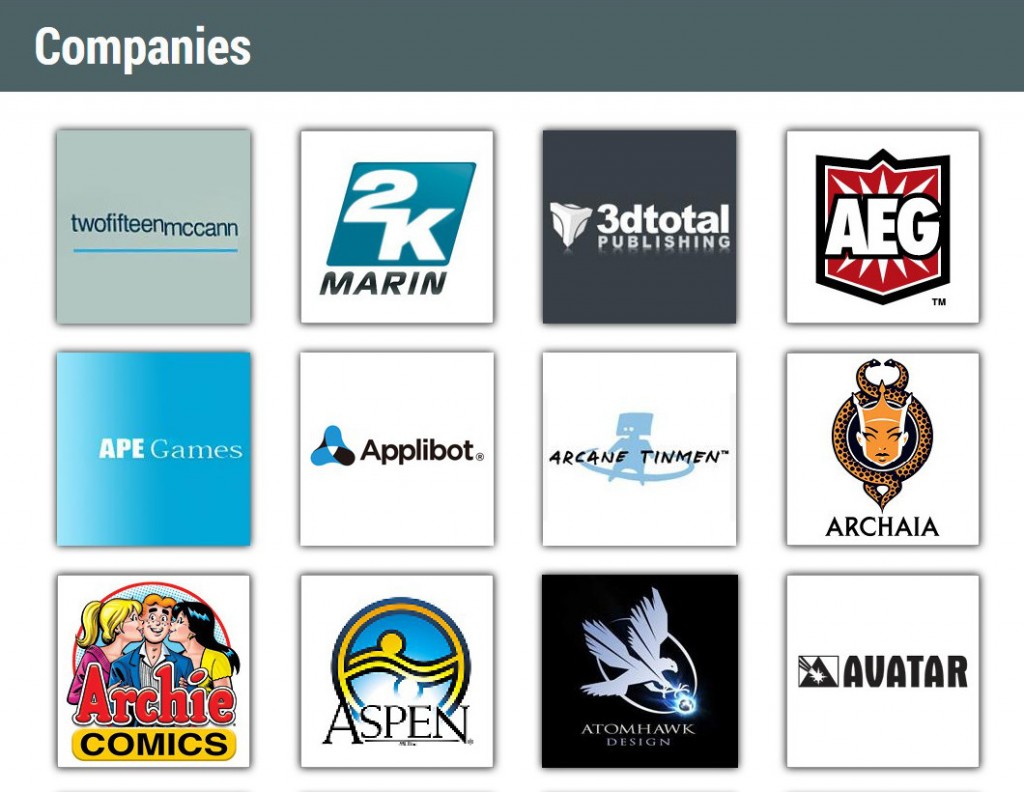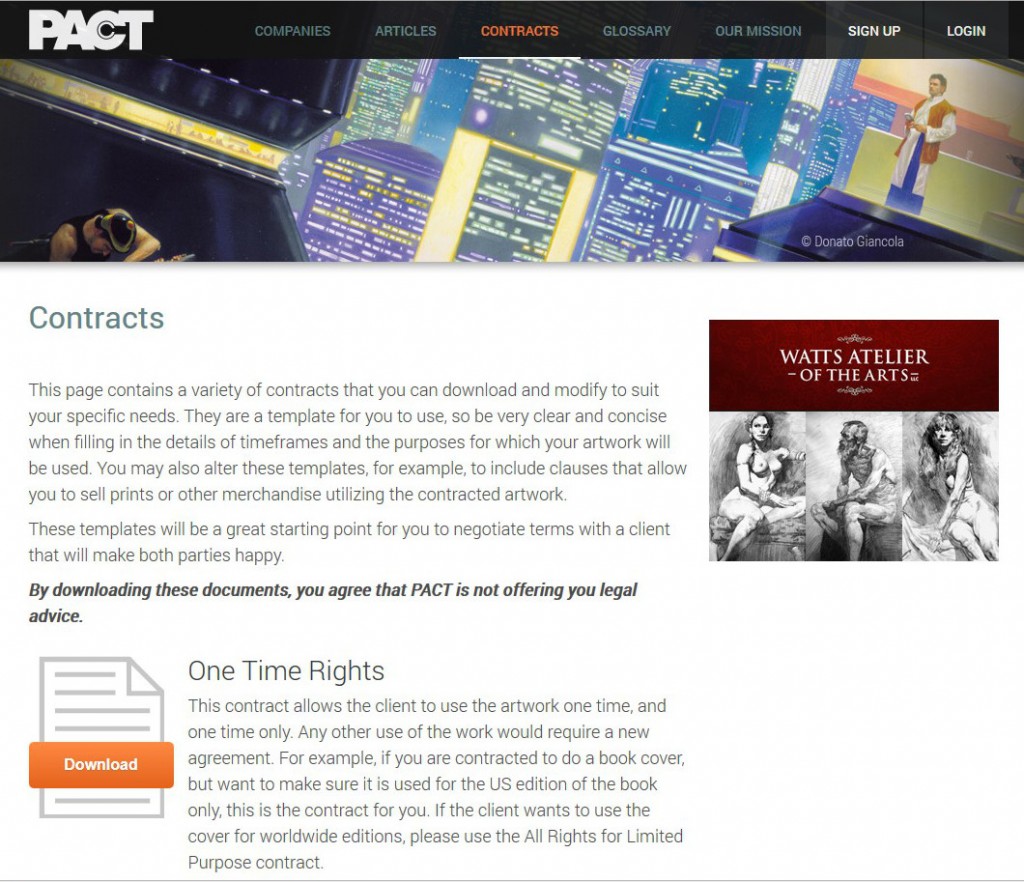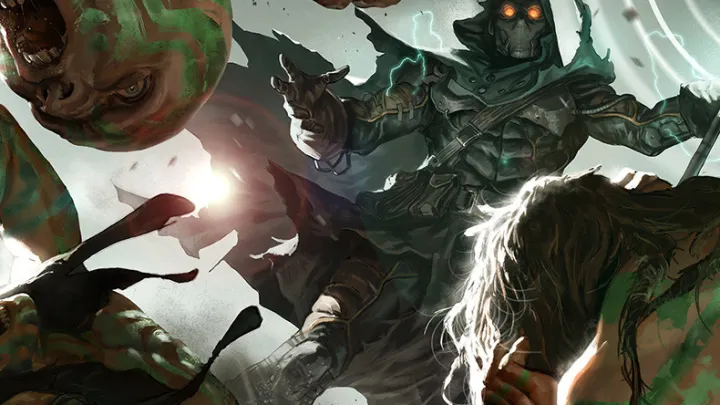15 ways to negotiate better rates of pay

 Many artists hate haggling over money. Yet the same artists are often the quickest to complain that clients pay poorly. Don’t be caught in that trap: take your career into your own hands and learn how to negotiate properly. To help you get started, we asked Jim Pavelec, freelance illustrator and founder of PACT, the Professional Artist Client Toolkit, for his advice. The 15 tips below are specifically for negotiating better rates of pay for freelance jobs, although many also apply to negotiating better full-time salaries.
Many artists hate haggling over money. Yet the same artists are often the quickest to complain that clients pay poorly. Don’t be caught in that trap: take your career into your own hands and learn how to negotiate properly. To help you get started, we asked Jim Pavelec, freelance illustrator and founder of PACT, the Professional Artist Client Toolkit, for his advice. The 15 tips below are specifically for negotiating better rates of pay for freelance jobs, although many also apply to negotiating better full-time salaries.
PACT provides free business advice for freelance artists, plus a member-only reviews section with feedback on potential employers, including most major game developers, movie studios and publishers. ArtStation users get a special annual membership rate of $9.95: use coupon code Artstation_2015 when you register.
Main image: Leon Study by Vadim Marchenkov. Please don’t actually try this as a negotiation strategy.
1. Think of yourself as a business person
Most art schools don’t prepare students for any aspect of the business world. They get out into the real world and they know a lot about art, but they don’t know about the business of being an artist. The most important thing – and one that most artists don’t do – is to think of yourself as a business. You’re selling a product to a variety of clients, and you need to be able to deal with them all.
2. Read up on business tactics
Bookstores are full of books on how to make things better for yourself in the business world. Start there. Or go on the PACT website. The Articles section includes free guides to negotiation strategies.
ArtStation tip: Forbes recommends Adam Grant’s book Give and Take as a good guide to how to negotiate.
3. Keep emails formal and professional
For negotiating rates, email is the way to go. Most clients aren’t willing to do it over the phone any more. When writing emails, be as professional as possible. Don’t use slang, and don’t try to sound all chummy. I get emails from people with language in that I’m baffled by, and it makes me wary of doing any kind of business with them. If you need, go online and look at sample business emails.
ArtStation tip: This guide covers the basics of writing a business email, or just search on Google.
4. Research the market rate for your work
One thing new freelancers struggle with is how to calculate the going rate for their work. There’s the Graphic Artists Guild handbook, but it doesn’t really apply to a lot of fantasy and science-fiction art: it’s more for editorial work, so the prices in it are high for the kind of work we do.
What you really have to do is go to conventions, meet other artists and talk to them about acceptable rates of pay for certain gigs. That’s one of the reasons we put the PACT website together. The Companies section includes artists’ feedback on rates of pay at major clients, so you don’t have to do all of that running around, or feel you’re asking people money questions all the time.
5. Pitch 20-30% higher than you aim to settle for
Once you know a client’s range of going rates for a job, look for the median value. If you feel your work is of a higher quality, ask for a little more in your initial offer. They’re going to want to negotiate down, obviously, so aim to settle somewhere in the middle. How much more you ask for depends on the type of job. For card art, I’d ask for a couple of hundred dollars more. If it’s a comic, you aren’t going to be able to ask for a couple of hundred dollars extra per page, so ask for 20-30% more.
6. Don’t make more than two counter-offers
Let’s say you’re asking for 20% more than a client’s median fee. By the time you’ve gone back and forth two or three times, you’re going to be back there. They’re either going to agree to your first or second offer, or you’ll be back at their base rate.
7. Expect clients to pay more for specialised skill sets
If you know a client wants a particular skill set that you can supply, play that up. You don’t have to say it outright – particularly if you’re contacting them, otherwise it comes across as arrogant – but you should have at the back of your mind that they’re going to need to pay a little more.
8. Ask for an hourly rate, or for fixed revisions
In comics and tabletop gaming, freelance artists are almost always paid a flat fee. But in videogames and animation, you can ask for an hourly rate, or to be paid per asset. This has the advantage that if you end up spending longer on the project than you expected, you don’t wind up making a pittance.
If you’re going to work for a flat fee, you should say in your contract that you will only do X number of revisions on the drawing and Y on the final image. That way, you cut out any possibility that the client keeps asking for revision after revision.
9. Tailor your approach to the size of the client
Not all of your clients are going to be Activision or Microsoft, so you have to know how to deal with smaller companies too. Large companies have lawyers on staff to draw up standard contracts, but small companies often don’t have these, so you may need to supply the contract yourself.
ArtStation tip: The PACT website provides a range of standard contracts you can download and modify, and a glossary of common legal terms. You may also want to look at Contract Killer, Andrew Clarke’s open-source contract. It’s designed for web developers, so it includes sections that aren’t relevant to concept art or illustration, but it shows how even legally binding documents can be written in plain English.
10. Ask for your fee to match the rights requested
To modify a standard contract is a huge deal, so most clients won’t want to do that – but if you have a problem with what they’re asking for, you can usually talk them into paying a little more.
Expect a client to pay more for all rights than one-time use of an image; and the longer they want exclusive use of that image, the more your fee should increase.
11. Be prepared to educate smaller clients
Small companies often don’t really know about rights. With them, you have to be willing to do a little more education. Say, very politely: “What you need are these rights for this amount of time, and it’s going to cost you this much money.” Get a conversation going. The client needs to understand that your piece of art is something that you can make more money off further down the road, and that if they reduce the time during which they can use it exclusively, you can come down in price.
12. Try to renegotiate rates with regular clients yearly
In my view, it should be a client’s responsibility to give you a cost-of-living increase in pay every year, but they don’t. So it’s up to you to negotiate something a little better for yourself. I’d try to do this yearly, but be prepared for the fact that it’s going to be a hard sell: once a client gives you a raise, they know you’re going to tell other people, so they really batten down the hatches.
13. If you can’t get a higher rate, try for fewer hours
If a regular client won’t raise your fee in line with the cost of living, make them aware that this limits the amount of time you can afford to spend on a job. A lot of freelancers say: “If you’re going to keep paying me this amount of money, I can only afford to spend four days on the job instead of a full week, and the quality might not be as great as it was before.” This sometimes brings results.
14. Don’t be afraid to walk away
If you still can’t find a mutually acceptable solution, at some point, you have to walk away and look for other opportunities. Providing you do this professionally, you shouldn’t be burning any bridges. Art directors understand that you’re trying to make a living. Just say: “I can’t afford to work for those rates, but if you can raise them in future, let me know.” They’re almost always very cool with that.
15. Find strength in numbers
When negotiating better pay, the group dynamic works much better than going it on your own. That’s why there’s an animation union, and unions for different types of movie professionals. But there isn’t an equivalent for freelance artists. When I talked to people who worked full-time for my clients, they’d tell me that every year they’d get a raise and a holiday bonus. That was great for them, but the rest of us were working for the same pay we got ten years ago. That’s why I started PACT.





















